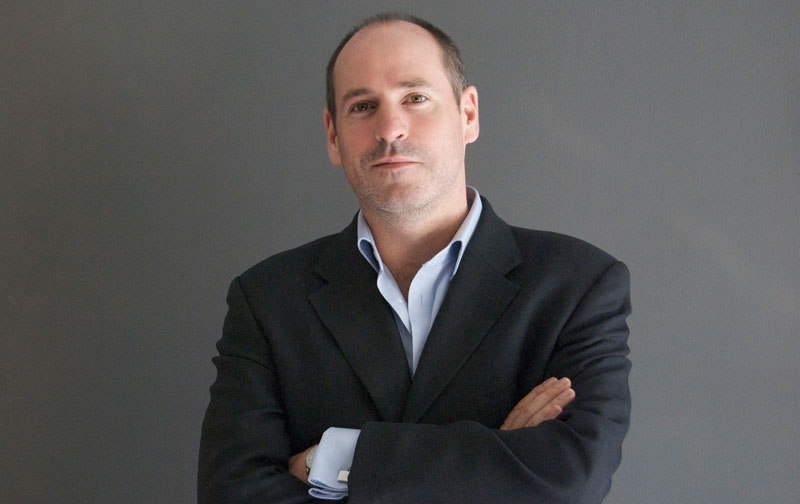Sydney-based Isentia TWO Social head Richard Spencer delved deep into the dark, fast-moving world of mobile technology to write this piece for M+AD.
Two Social is Isentia’s social media creative agency which offers a wide range of social media services designed to engage businesses with strategic community management and digital content creation.
Isentia itself provides high level media intelligence, PR measurement, and analysis services, and creates technologically advanced search products that are today used by over 6000 clients around the world. The company was born in Sydney in 1992, and has offices throughout Asia (including Wellington & Auckland).
The toothbrush enigma
Do you own a mobile phone and a toothbrush because apparently not everyone does! Incredibly, according to 60 Second Marketer, more people around the world own a mobile phone than a toothbrush.
With over 7 billion people in the world, an estimated 4.8 billion, according to the Mobile Marketing Association of Asia, have a mobile phone subscription. But apparently, only (roughly) 3.5 billion people own a toothbrush! The first number is easy to check but the number of toothbrushes is quite incredible. That said, Jamie Turner at 60 Second Marketer has done a pretty thorough investigation into the number of toothbrushes sold each year, in a post which, if you feel so inclined is well worth the read.
Given that mobile subscriptions are more common than toothbrushes, it should be of no real surprise to learn that more people are using their smartphones to consume content and activate social media connections, more than ever before.
According to Frost and Sullivan, around 60 % of Kiwis own a smartphone which is predicted to rise into the 90th %ile by 2018. And here in New Zealand, smartphone access to the internet accounts for about 15% of all traffic, which is significant and growing. 91% of us access the internet from our mobile at least once a day.
From a social engagement perspective things are very different and our device of choice for social connectivity is mobile. Ninety percent of smartphone users have visited a social network and speaking specifically of Facebook, which dominates the local market – 1.5 million of the daily 1.9 million visitors to Facebook access the network from a mobile device, and on average they do so 14 times each day!
Video in the driving seat
Another key driver to mobile content consumption is video. The shape and quality of a smartphone screen is perfect for video and the connection speed of 4G and proliferation of cost effective data packages allows for easy downloads and according to both Facebook and YouTube we’re watching vast quantities of video. Both networks claim around 4 billion views per day globally with around 60 % being watched on a mobile device.
According to Nielsen, 22% of New Zealanders have watched video content on their smartphone in the last week although there is a significant variance in age demographic when it comes to viewing video on a mobile device with under-45 year olds more than twice as likely as someone aged over 54 years to watch digital video.
Getting your content to stand out from the crowd is getting harder and harder, although the easiest answer is to make less, higher quality content that is both relevant and contextual to the desired audience. Video content specifically should seek to entertain, educate or inspire as those core traits within video content are more likely to appeal to an audience and specifically are more likely to encourage a viewer to share the video with their friends and family.
Android or Apple?
From an operating system point of view, we’re at odds with the rest of the world in choosing Apple products as our smartphone of choice. Android and iOS from Apple increased their combined share of the global mobile operating system market in 2014, running on over 96 % of all smartphones, slightly up on the year prior. In terms of the battle between these two players globally, that’s been won by Android which increased its share of the market to 81.5 % last year against Apple iOS’ share of less than 15%.
Locally, there’s better news for Apple, maybe helped in part by New Zealanders being the first in the world to be able to buy the new incarnations of the iPhone 6 back in late September. A study by First Digital indicates a 67% share for Apple a state of play which is mirrored in Australia but which clearly bucks the global trend.
So what does all this mean for marketing and communications professionals? First and foremost, that change is the only constant and as such, defining strategies on 12 week rather than 12 month cycles will help organisations be more responsive and adaptive to changing usage habits.
Second that adapting communications to a platform which is more intimate than other devices is important to increasing consumption, engagement and sharing and that the device should be taken into consideration when creating or curating content and when determining a distribution strategy.
Beauty with intuition
Lastly, and in the words of Google’s Larry Page, don’t forget how often and at what time of the day people reach for their phone and plan your communications accordingly: “We want to build technology that everybody loves using, and that affects everyone. We want to create beautiful, intuitive services and technologies that are so incredibly useful that people use them twice a day. Like they use a toothbrush. There aren’t that many things people use twice a day.”
- www.isentia.co.nz
- www.isentia.com/services
- Read earlier Isentia story here
Isentia Auckland
L2, Eden One, Eden Business Park
18 Normanby Road
Mt Eden Auckland
New Zealand 1024
Phone: +64 4 462 6254 Ext. 6254
Email: aden.bushell@isentia.com
Isentia Wellington
Lvl 4, Dominion Building
78 Victoria St
Wellington
New Zealand 6011
Phone: +64 4 462 6211
Email: raquel.climent@isentia.com
Share this Post



